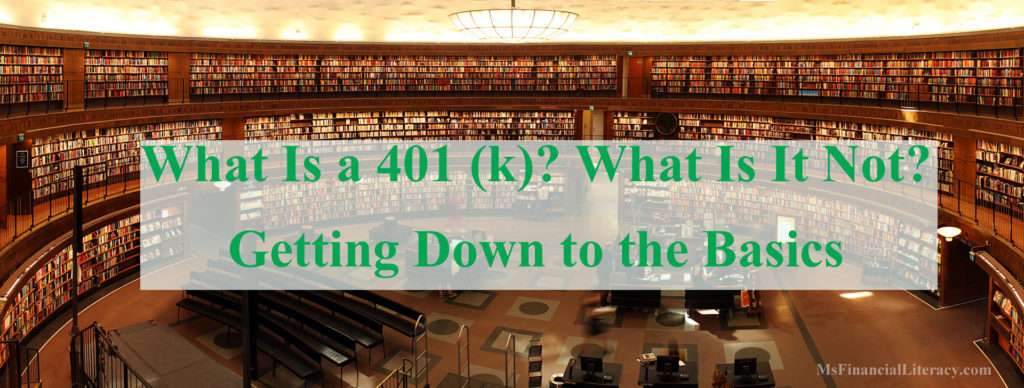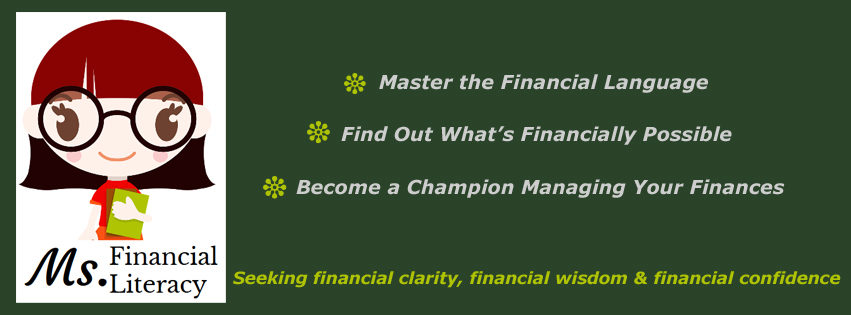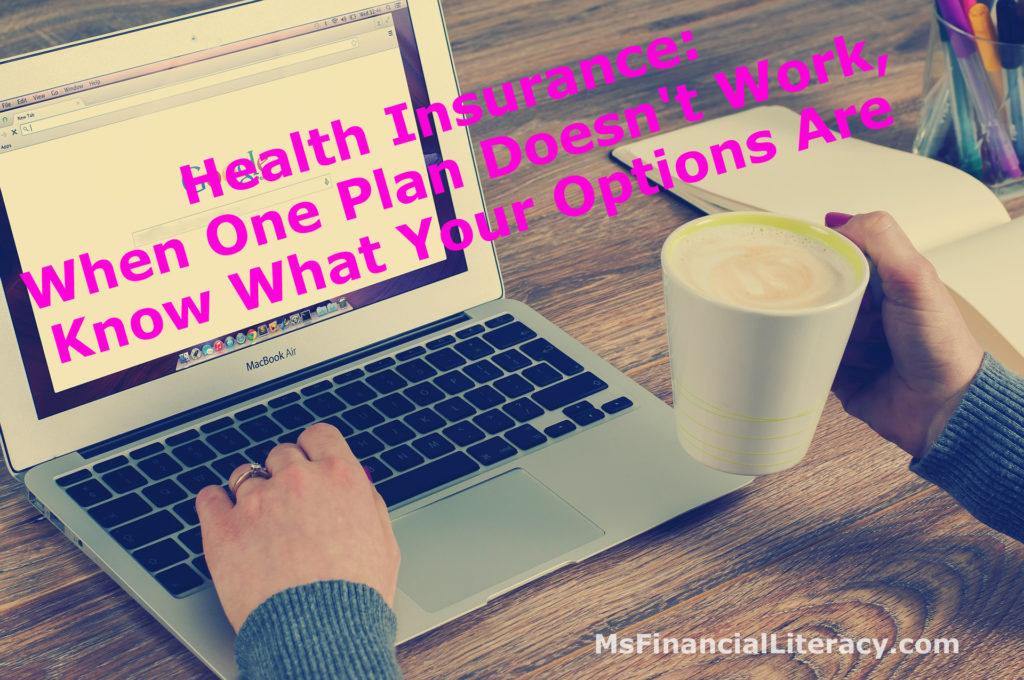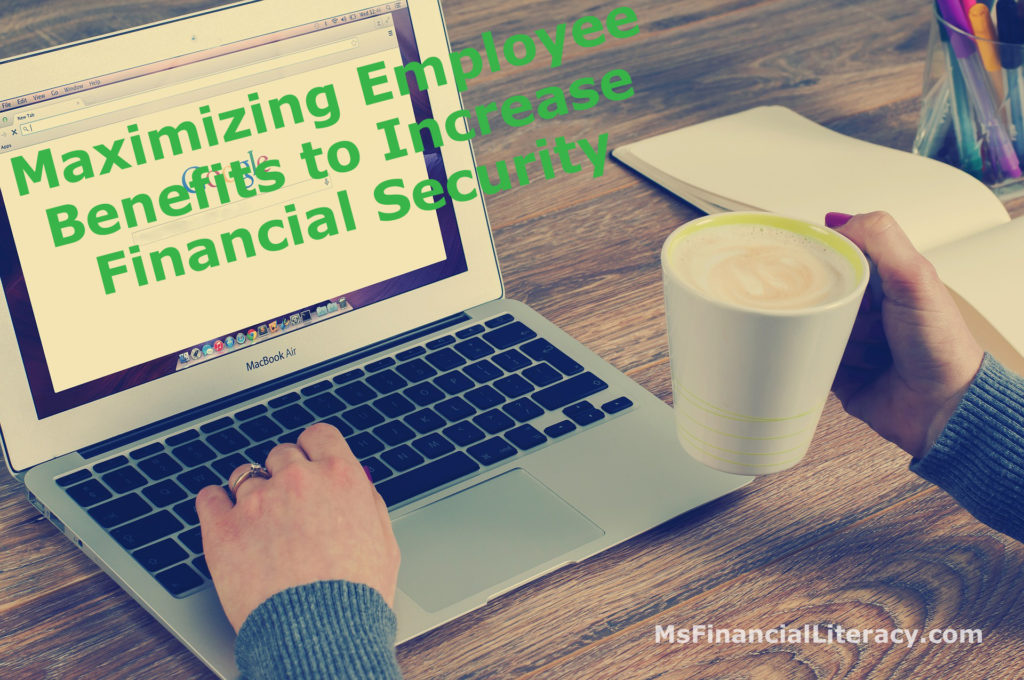My Transformative Moment
When was the last time you watched/read/heard something that instantaneously motivated you to radically change the way you live your life? This happened to me about three moments ago (June 2016) while doing some background research on the Internet for a project. I came upon statistics after statistics that basically summed up to the following:
“…two out of every three women say that they feel they have little knowledge of financial products and services. These women are less able to plan for retirement, less able to save for their children’s education, and are more likely to fall victim to deceptive, abusive, or predatory financial practices.”
“…As many as 8 in 10 [of women], according to Fidelity’s 2015 Money Fit Women study—hold back when it’s time to discuss money with friends and family. Many also feel uneasy or lack confidence when it comes to making big financial decisions, with about 50% admitting they are often nervous about the financial choices they make.”
“Even though many women can understand the headlines of financial news and talk stocks at a dinner party, they’re really not fluent on these topics, and they feel uneducated, disempowered and in a complete fog when it comes to their own relationship with money,” Ms. Birgbauer said. Many women simply don’t know what questions to ask or where to begin.”
“…less than half of respondents [both men and women study participants] correctly answered the question about interest rates and inflation and only one-third were able to correctly answer all three questions…while 55% of men correctly answered the two questions about interest rates and inflation, only 38% of women did so. Moreover, while 38% of men correctly answered all three questions, only 22% of women did so…Women are much more likely than men to indicate that they do not know the answer to the questions. The proportion of “do not know” responses was particularly high on the risk diversification question; as many as 41% of women indicated that they did not know whether a single company stock is riskier than a stock mutual fund. Moreover, half of women gave at least one “do not know” response to the three financial literacy questions. Very similar differences in financial literacy between men and women have been found in the Netherlands, Germany, Sweden, New Zealand, Italy, Japan, Australia, France, and Switzerland”. Read more about the research here.

The statistics were so novel, yet shockingly alarming to me and stirred up unsettling emotions from within. I felt this strong need to literally rewrite those numbers and statements that appeared in the articles. Prior to that moment I was simply oblivious about research on women and financial literacy and women’s financial well-being. I had read that women get less pay than men, but I didn’t feel the urge to bring about social change; yet, for some reason, at that particular moment I took matter to a much more personal level as I was staring at those articles. Those numbers and statements touched something deep inside me, and I felt uncomfortable and vulnerable. I also sensed this urgency to take action and not have myself fit into any of those statistics and statements aforementioned (At the time my husband was managing most of the family’s finances. What happens if my family’s situation changes?). From that moment on I became personally invested fighting those stereotypes, hoping to steer the statistics and statements about women toward a much more positive light in the near future.
For the first time in my life I have a cause to fight for. I’m not a certified financial planner/advisor nor a certified financial analyst nor an economist nor a CPA nor an accountant. I’m not a finance professional through formal education. I’m a woman who believes and takes pride in a sense of freedom, satisfaction, fulfillment and empowerment that I get from being financially competent and being conscious managing my family’s money. Continue Reading






